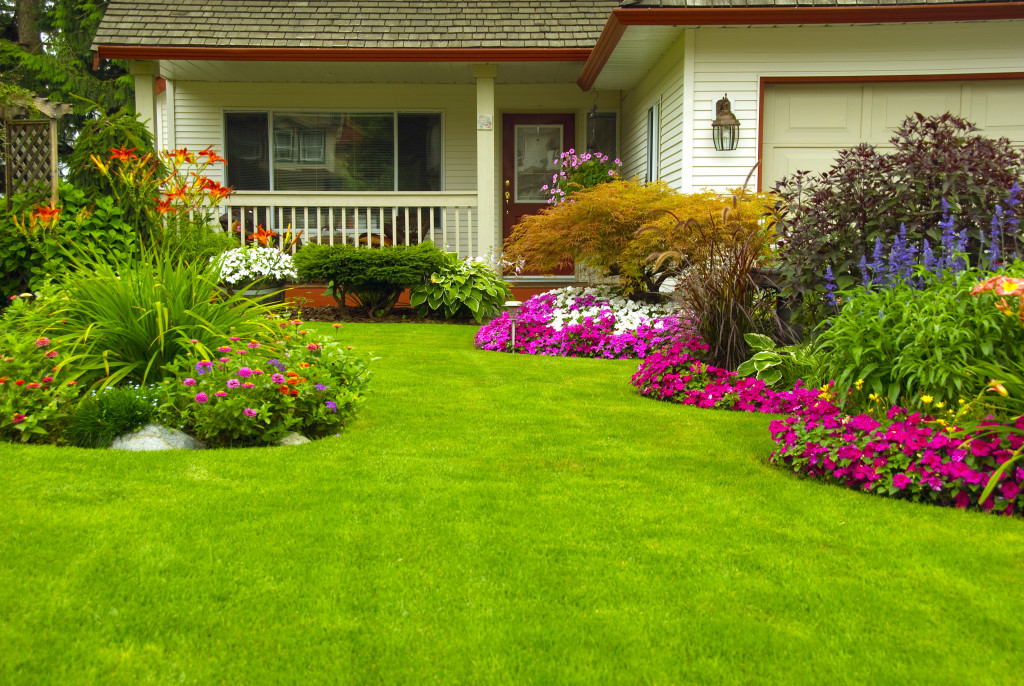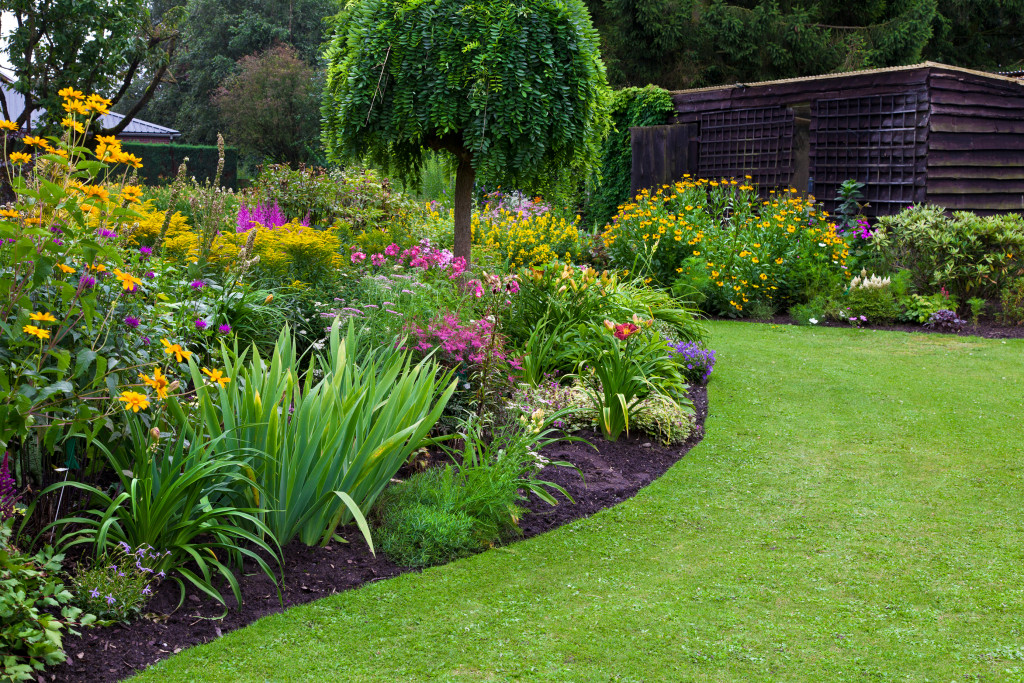Creating a beautiful landscape for your home can be one of the most rewarding projects you take on. It provides a place to relax and enjoy outdoor living, adds aesthetic value to your property, and increases the overall value of your home. With so much potential to benefit from a well-designed outdoor space, it’s essential to know how to achieve the desired result. Here are four tips for transforming your home landscape into an inviting oasis.
1. Choose an Appropriate Design
The first step in creating your dream landscape is deciding which design would work best for your property. You’ll want to consider factors such as the size of your yard, local weather conditions, existing structures like pools or patios, and any specific needs you may have. It’s also a good idea to consider your budget and the maintenance required for each design option. Once you’ve decided on a plan, it’s time to start making changes.
Another factor to consider is the layout. You should organize your design in a way that allows for easy navigation and movement throughout your space. You can achieve this with pathways, patios, or decks that help define areas and provide visual cues for guests. You will also want to consider the amount of sunlight and shade your property receives, so you can choose plants and hardscaping elements that will thrive in those conditions.
2. Use Plants Strategically
Plants serve as one of the most engaging elements of any landscape design. Before selecting plants, consider the climate, soil type, and light requirements necessary for certain species to thrive in your area. Consider plant placement carefully, as well. For example, placing taller plants around the perimeter can create a feeling of privacy, while adding texture and color with smaller plants throughout can bring life to your landscape. Adding trees is also an excellent way to provide shade, cool the air, and improve the environment.
In addition to adding trees for shade and cooling, it can also be beneficial to remove trees when needed strategically. Hiring tree removal services can help open up a space to maintain a healthy environment, enhance viewsheds, or create a more usable area. It is important to consult an arborist before making any decisions about tree removal, as they can advise on best practices and potential risks. Taking a holistic approach to tree and plant management, pruning can also be a vital element of landscape design.

3. Consider Water Decor
Water features are a great way to add visual interest and texture to your landscape. Ponds, fountains, or bubbling rocks can all bring tranquility and peace to your outdoor space. Adding water elements will also attract wildlife, such as birds and butterflies, providing an opportunity for observation and serenity. It’s essential to keep in mind that water features require ongoing maintenance, as algae or other pests can quickly take over.
If you’re considering adding a water feature to your landscape, choosing one that fits the overall design is essential. Water features come in various shapes and sizes, from simple bubbling rocks to sophisticated ponds or fountains. Consider the size of your space and how much maintenance you’re willing to commit. For example, a small fountain may be easier to maintain than a large pond.
When selecting what kind of water feature you’d like, it’s important to consider function and aesthetics. Do you want a quiet area for relaxation or a decorative statement piece? Consider also the materials used and how they will weather over time. Rocks and concrete are popular choices, as they can withstand different weather conditions.
4. Incorporate Lighting
Adding lighting to your landscape can instantly change the feel of your outdoor space and will ensure nighttime enjoyment. Many types of lights are available. Some are designed to provide soft ambient lighting, while others offer more directional lighting for pathways or stairs. Outdoor lights also add security and safety to your home.
When incorporating lighting into your landscape, consider the purpose of each light. Pathway lights are a great way to illuminate walkways and stairs, while you can use accent lights to highlight special features like trees or garden art. Consider using solar-powered lights for a cost-effective solution that is easy to maintain. LED lights also offer energy efficiency and last longer than traditional bulbs.
When installing lights, consider the location and height to ensure a good balance between safety and aesthetics. Lights should be placed at a comfortable height that is easy to access for maintenance or repairs. Placing lights too low can create an obstruction or hazard, whereas positioning them too high can reduce their effectiveness.
Final Words
Creating a beautiful landscape for your home is an exciting project that can add value and enjoyment to your property. By following these four tips, you can transform your home landscape into a tranquil oasis that will invite you and your guests to enjoy the outdoors.







